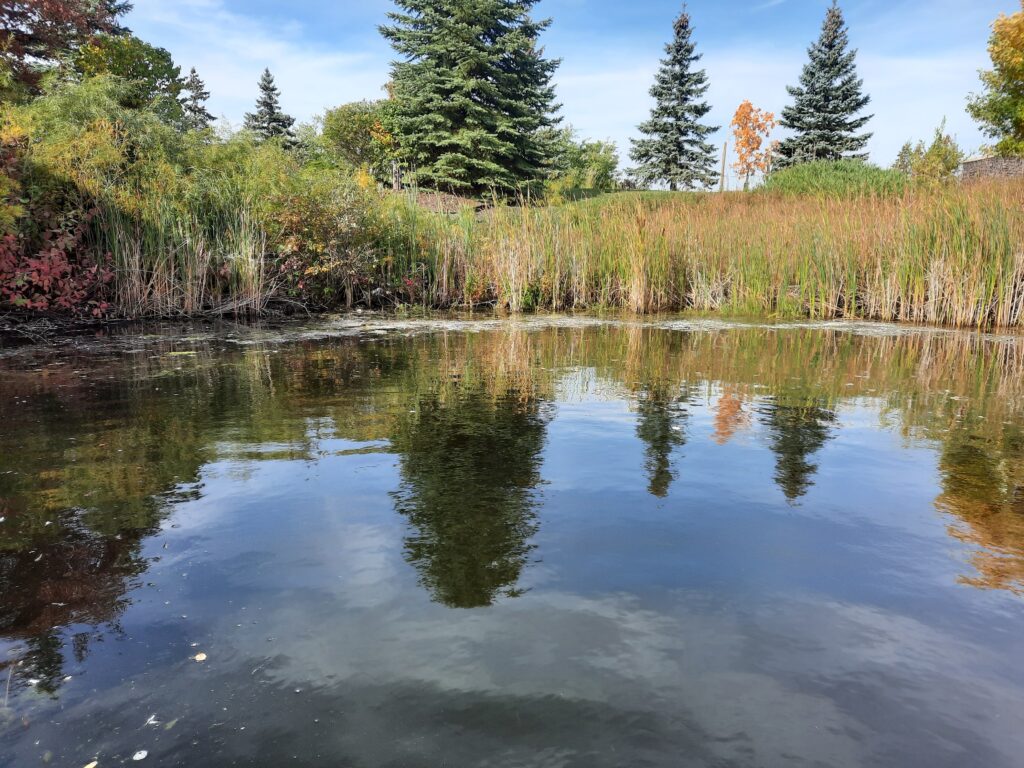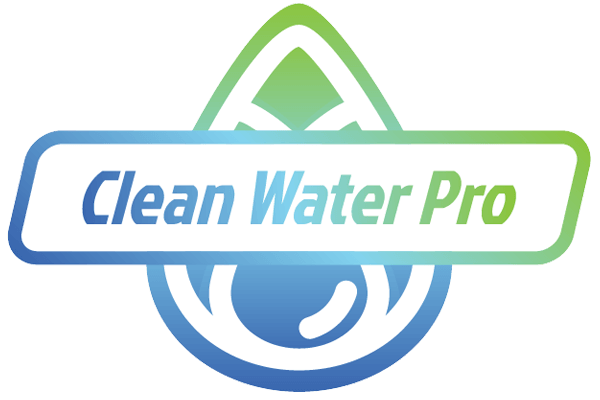Control Nutrients at the Source: How a Healthy Riparian Zone Protects Your Pond
If your pond frequently battles algae blooms, murky water, or poor plant and fish health, the root cause often lies in nutrient overload. Excess nitrogen and phosphorus enter your pond from various sources, and without proper control, they fuel the growth of unwanted algae and aquatic weeds. One of the most effective long-term solutions is surprisingly simple—strengthening your pond’s riparian zone.
What Is Nutrient Input?
Nutrient input refers to the flow of nutrients, primarily nitrogen and phosphorus, into your pond. These nutrients often come from:
- Lawn fertilizers and agricultural runoff
- Decaying leaves and organic debris
- Pet and livestock waste
- Geese droppings
- Erosion and bare soil around the pond edge
When these nutrients accumulate, they create ideal conditions for algae and plant overgrowth, leading to water quality problems and ecological imbalance.
The Role of a Healthy Riparian Zone
The riparian zone is the strip of land directly surrounding your pond. When properly managed, this area acts as a natural buffer, filtering and absorbing nutrients before they reach the water.
A healthy riparian zone helps by:
- Trapping sediment and debris before it enters the pond
- Absorbing excess nutrients through plant roots
- Slowing runoff and reducing erosion
- Providing habitat for beneficial insects and wildlife

Key Features of a Healthy Riparian Zone
To build or improve your riparian zone, consider adding the following:
- Native grasses and deep-rooted plants: These prevent erosion and absorb nutrients effectively
- Shrubs and low-growing vegetation: They add stability to the shoreline and filter runoff
- No-mow zones: Letting vegetation grow along the edge creates a more effective buffer
- Mulch or natural ground cover: These reduce bare soil exposure and limit runoff speed
Avoid planting manicured lawn grass right up to the water’s edge. Lawn grass has shallow roots and does little to absorb nutrients or prevent erosion.
Combine with Other Best Practices
While a strong riparian zone makes a major impact, it works best as part of a comprehensive nutrient control strategy. You can further protect your pond by:
- Limiting fertilizer use near water
- Directing runoff away from the pond using berms or swales
- Keeping livestock away from pond edges
- Using natural pond treatments like beneficial bacteria to break down nutrients already in the water
Protect Your Pond by Protecting the Shoreline
Creating a thriving riparian zone is a simple, natural way to defend your pond against excessive nutrient loading. It strengthens the ecosystem, supports water clarity, and reduces your need for chemical treatments in the long run.
Want help planning your pond’s riparian buffer? Contact our team for expert guidance or to schedule a consultation today.
